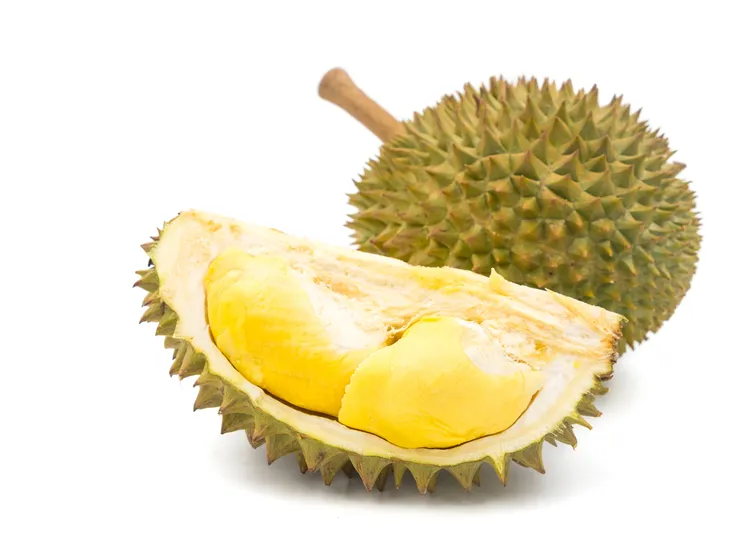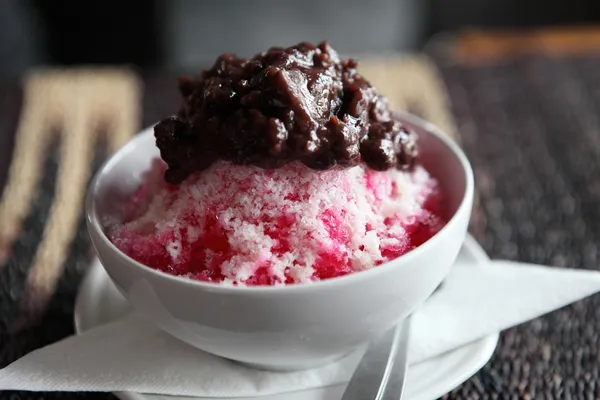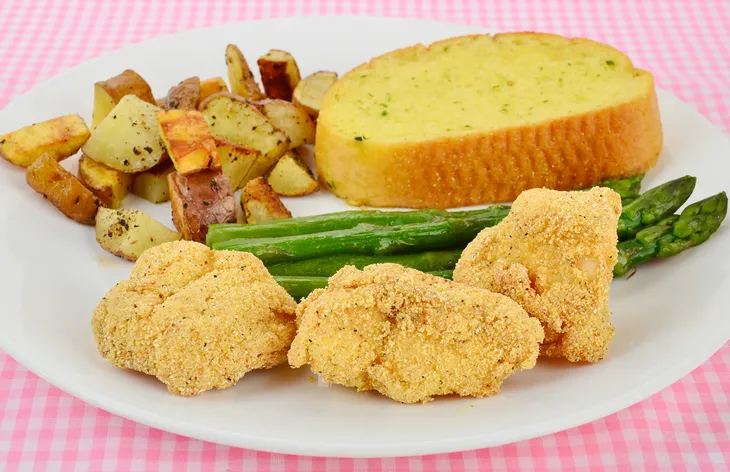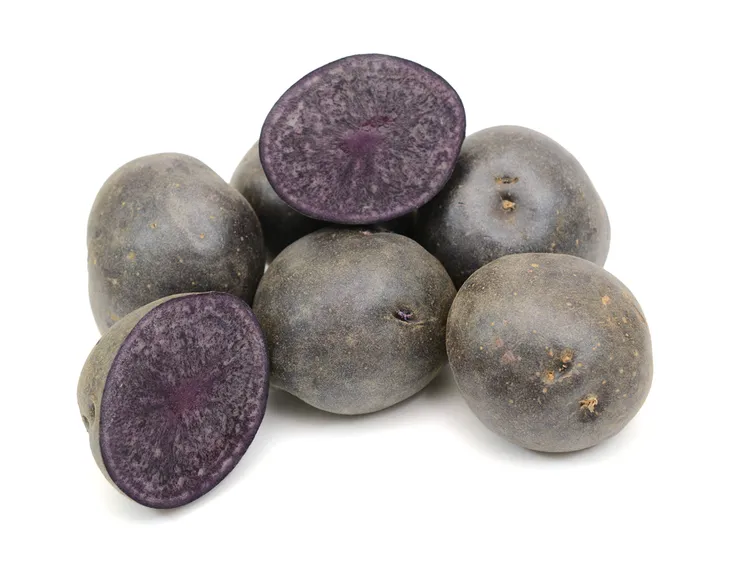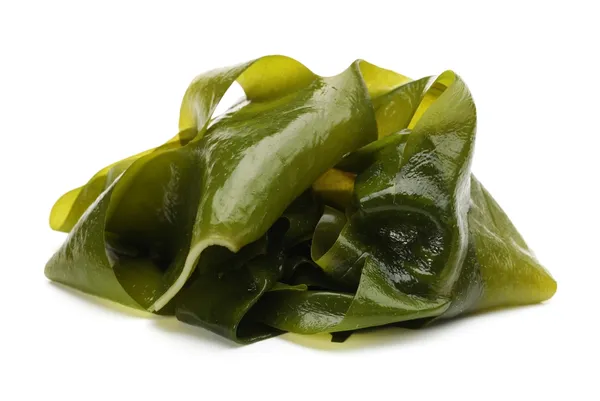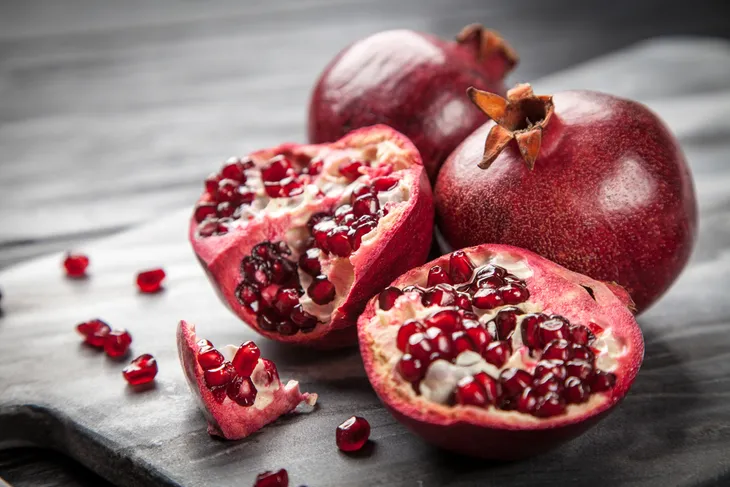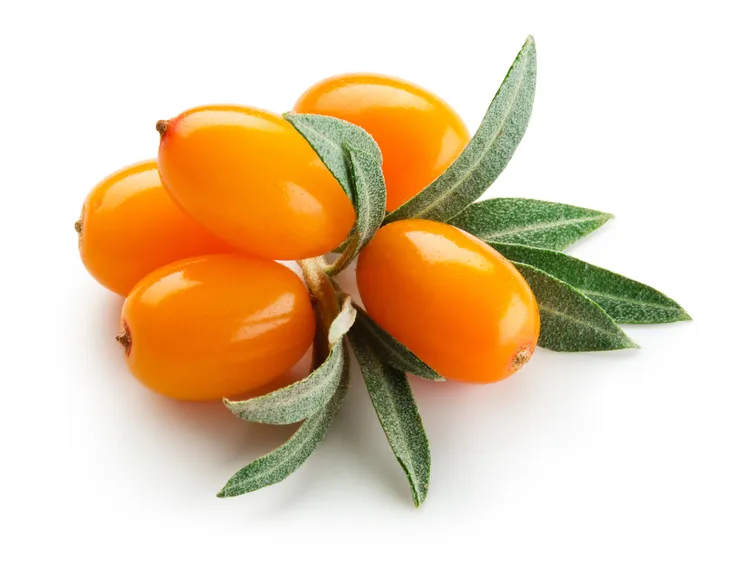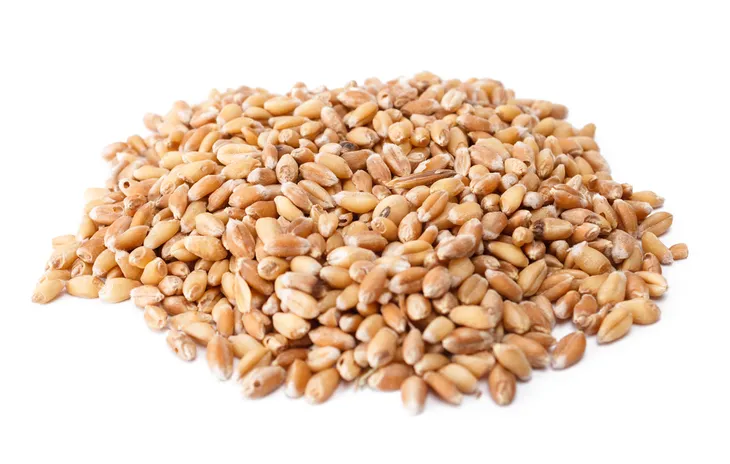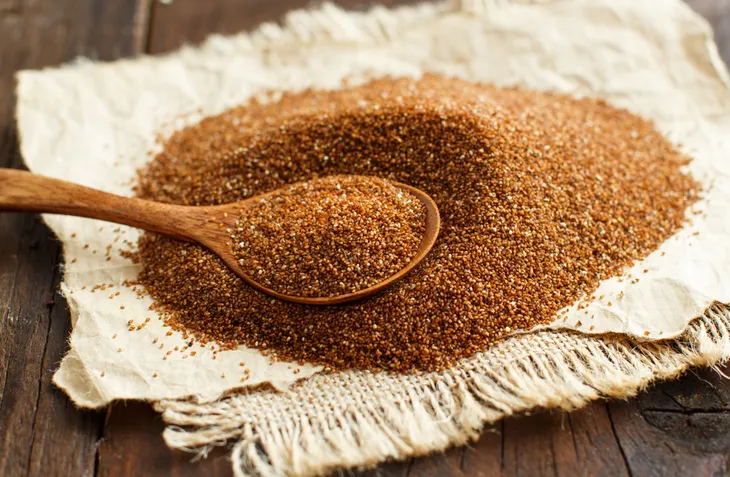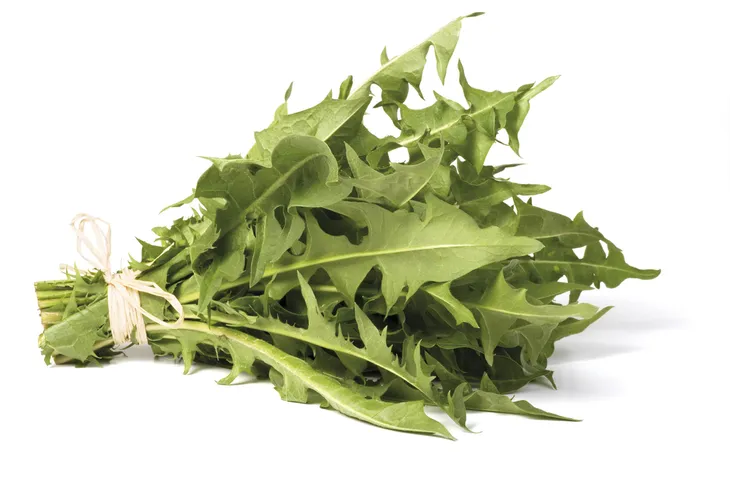You might’ve heard of some of these foods, or have seen them at your local grocery store, but have paid no mind to them. Turns out that many of them are packed with goodness, and are definitely worth a try.
Not only are many of them filled with vitamins and nutrients, many of them actually taste good too. So why not switch it up and try something a little different? You may find your new go-to snack or dinner side. Here are 13 seemingly obscure foods you should try…
Ready Spaghetti
Are you tired of the same old spaghetti from a package or can? Turns out nature has its own stringy pasta, and you don’t have to boil it and drain it either.
Prevention.com says this is the “dream vegetable” for pasta-holics, and all is required is to roast it at 375-F and scrape out the strings with a fork for “instant, 100% veggie pasta – minus the refined carbs.” You’ll get fiber, potassium, and loads of vitamins A and C, it adds.
Don’t Fear the Durian
This fruit, as shown by SheKnows.com, looks pretty uninviting. In fact, it is covered with little spikes that look like they might shoot out if you reach for one. But don’t judge a fruit by its cover.
The source says this is considered the “king of fruits” in many Southeast Asian countries – and it has a distinctive smell that some consider sweet and fragrant, while others find it revolting. All you have to do is carefully remove the husk and eat it. Sources note it contains just about every vitamin and trace element you can think of.
Add Adzuki Beans
As the name of this bean may suggest, it’s popular in Japan, but it’s also commonly consumed in China, Korea and other Asian countries, says OrganicFacts.net.
These small beans apparently have been touted to aid in weight loss, manage diabetes, improve digestion, contribute to healing and growth, boost energy, and lower blood pressure, it adds. They are often boiled and used as a red bean paste in savory and sweet dishes.
These Nuggets Aren’t Chicken
Livestrong has its own list of weird foods that you can find at a grocery store, and promotes them as healthy additions to your diet. One of its selections is raw catfish nuggets, which is sort of like sushi if you think about it.
The source says catfish is loaded with protein, phosphorus and selenium, the latter that is “essential to good health.” It binds with proteins to form selenoproteins, which are “important antioxidant enzymes that are good for your cells,” says Livestrong. The same may not be said for some fast food nuggets.
Purple Potato Eater
OK, we’re not suggesting you add color to your potatoes – nature has already done that for you. This purple variety of potatoes is popular in South America, says SFGate, and can “brighten up any dish.”
These golf-ball sized potatoes are harvested year-round and contain the good stuff such as fiber and protein, with no fat. Purple potatoes apparently contain 4-times the antioxidants as classic Russet potatoes, thanks in part to Anthocyanin, which is the pigment that creates the purple appearance, adds the source.
Help Yourself to Kelp
You may have already eaten this without even knowing it at a restaurant or at home, but kelp is a vegetable of the sea (read: seaweed) that has many health benefits.
You might turn up your nose at the thought of eating seaweed, but it is rich in vitamins, minerals, trace elements and digestive enzymes, explains Healthline. It also has concentrated iodine, which is essential to proper thyroid function and metabolism. A compound from kelp called sodium alginate is used as a thickener in everything from ice cream to salad dressing, it adds.
Don’t Take Pomegranate for Granted
Chances are your local supermarket has this superfruit, and the NHS in the UK says the “distinctive ruby-red jewel-like seeds” of this Middle Eastern fruit have been used for medicinal purposes “for thousands of years.”
The source notes that pomegranate is rich in fiber, as well as vitamins A, C, E. It will also deliver iron and other antioxidants, it adds. A 2013 study even found this fruit could help strengthen bones and prevent osteoporosis, adds the NHS. The fruit is often consumed as juice, and at least 1-study found the juice slowed progress of prostate cancer in men.
Look to Sea Buckthorn
Despite its name, this superfood doesn’t grow underwater – it actually grows on spiky bushes and can (literally) be a pain to harvest. However, it’s worth the effort because of the touted health benefits.
Prevention.com explains the acidic berries are a “key component of traditional Chinese medicine,” and boast a high level of healthy fats, including the “rare” Omega-7. It also contains about 15-times the Vitamin C content of oranges, according to the source. Sea buckthorn comes in a juice form, too, and is also apparently used as a beautifier in skin products, it adds.
Romance the Romanesco
DailySuperfoodLove.com calls this cross between broccoli and cauliflower “the vegetable you’ve never heard about.” A bright yellow-green color, the source also says the veggie is “incredibly unique and strangely beautiful.”
Aside from its exotic good looks, the Romanesco apparently “benefits every cell in your body” thanks to its high vitamin content (including Vitamin K), folate, fiber, iron, zinc, protein… you name it, it’s probably in there. The source touts its antiviral, anti-inflammatory, and antioxidant properties, and even claims it can help to naturally prevent depression.
Wheat Berries Go With the Grain
You’ve surely had wheat in the form of whole-wheat flour, but as entire “berries” of grain, they are both delicious and nutritious. ” Cooked in simmering water until soft, wheat berries make a nutritious and mighty tasty addition to soups, salads, and side dishes,” explains TheKitchn.com.
Wheat berries give you all the benefits that you don’t get from other forms – including bran, adds the source. You’ll also get protein and a “bounty” of B vitamins, it adds. Bonus: they have a sweet, nutty flavor that works in both savory and sweet dishes.
Teff it Out
People with gluten intolerance can’t have grain without some unpleasant repercussions, but there’s apparently a naturally gluten-free grain out there called teff that’s native to Ethiopia. It’s also raised in parts of the U.S., so availability may not be as low as you’d think.
Because of the fact that this grain is gluten-free and more people are reporting an aversion to gluten or having Celiac disease, it’s taking off in this country, says DrAxe.com. It’s not just about what it doesn’t have; these tiny seeds are high in fiber, protein, manganese, iron, and calcium, adds the source. It reportedly helps aid in circulation, relieve PMS symptoms, support bone health, and more.
Star Fruit a Rising Star
Yes, this fruit got its name because it has 5-points and is yellowish – like how a star is commonly depicted. Healthline.com says this fruit is getting increasingly popular, and perhaps for good reason.
The source says the skin is edible (no peeling required!) and is a “decent source” of nutrients, the highest concentration being fiber and Vitamin C. It also only has 28-calories and 6-grams of carbohydrates per 91-grams, which is the size of a typical medium-sized star fruit, it adds. The fruit also has powerful antioxidant properties due to plant compounds such as quercetin, gallic acid and epicatechin, says Healthline. However, there is a disclaimer from the source – people with kidney problems shouldn’t eat it regularly, as it can lead to complications.
Dandelion Greens are Dandy
Dandelions are typically a weed you want to get rid of, but Livestrong.com says you can remove them from your lawn and put it on your plate – specifically the leafy green parts (although there are other ways to consume dandelions, like as a tea).
“Their leafy greens offer a bitter, peppery flavor that works well raw or cooked,” explains the source. The greens have “impressive” nutrient content, and are low in calories, it adds. Best of all, you may not have to pay anything for them if they’re growing wild in your yard!


